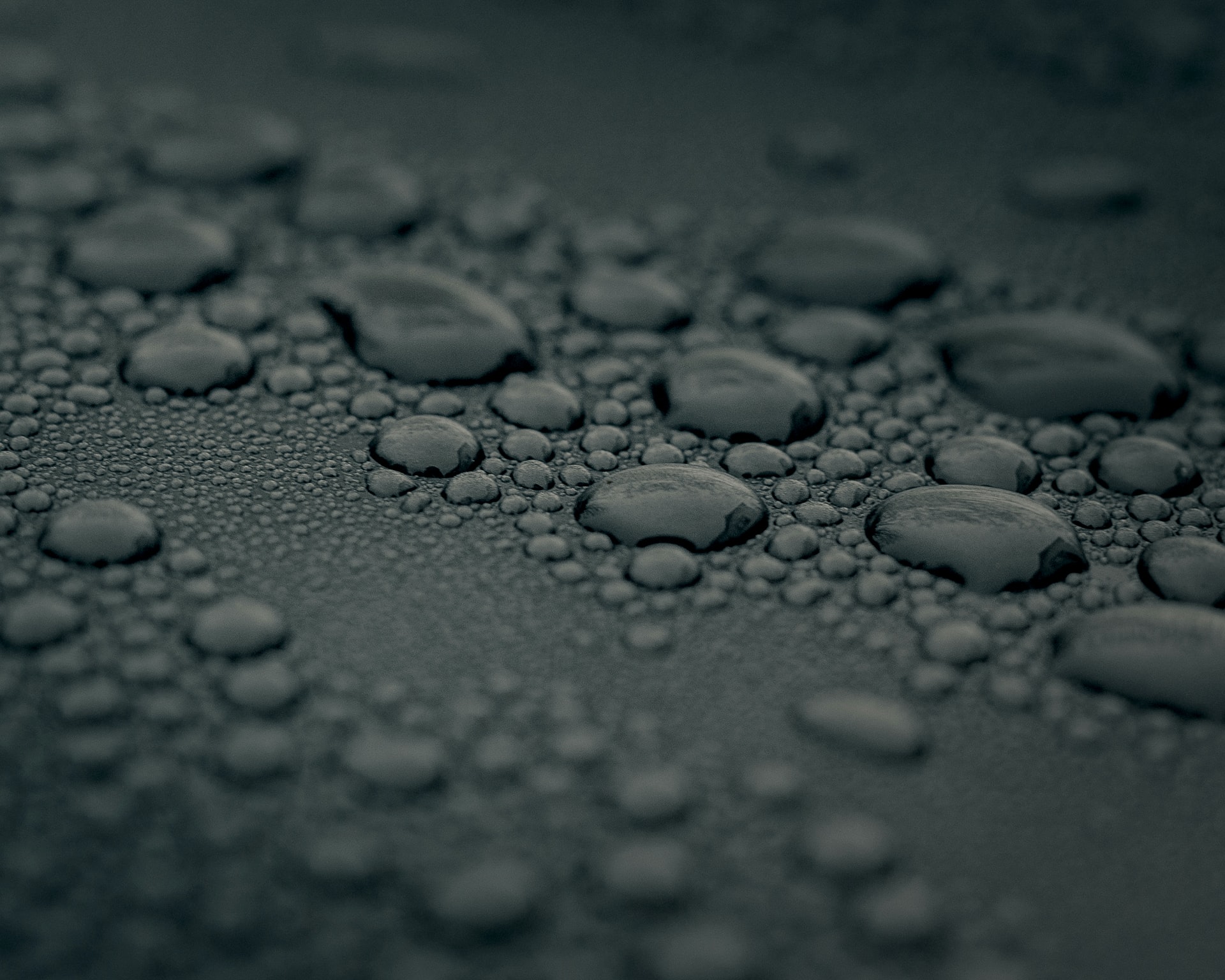In part 1 of this 2-part series, we discussed what might be causing your damp basement walls. We encourage you to check out the beginning of this series to familiarize yourself with what the root problem might be. Because there are multiple reasons you may have damp basement walls, part 1 may help you deduce what your own basement’s ailment is. However, if you’re ready to hear solutions, here they are.
Differing Solutions
Because damp basement walls can be caused by different things, there are different solutions for each cause. However, there is some overlap. Let’s take a look at the most effective solutions.
For Moisture Leakage
When your problem is caused by your basement walls failing to hold out ground moisture, the solution is not an easy one. You might think some kind of putty or cement in the cracks of the wall will cut it. Unfortunately, most of the cracks causing your moisture problem are smaller than you can repair. Plus, filling cracks from the inside can actually cause a lot more problems than solutions.
Filling in cracks from the inside is a problem because you will only be doing a surface repair. The water leaking in through your walls will remain within the wall itself. If you’ve blocked the water’s route in, it will stay there, freezing and expanding with the change in seasons. This is a one way ticket to major structural damage.
The only foolproof solution to water leakage is basement waterproofing. This is an extensive repair, but a necessary one. In short, it involves excavating around the basement walls and coating them, from the outside, in waterproofing materials. This includes a wet membrane that seals the cracks and evens the exterior wall’s surface. That is followed by a solid membrane that locks out water and protects the more delicate first membrane.
For Condensation
Because condensation is caused by water in the interior air, it can be completely mitigated with some insulation. The important thing is having your basement checked for leakage as well. That’s because, if you insulate the interior side of a basement wall when it’s leaking in moisture from outside, the moisture will then be invisible from the inside but will, instead, collect in the insulation behind the finished wall. That’s a huge mold hazard that you do not want to deal with.
If your waterproofing professionals have confirmed that you are not dealing with water leakage, you can proceed with finishing the interior wall.
The reason finishing the interior wall and insulating helps is because insulation, covering the cold, stone walls, will help regulate the temperature of the finished, internal wall. If your interior wall of choice is drywall, your insulation will keep the drywall from being affected by the cold, stone wall. Then, because your drywall will remain at a warmer temperature, it won’t draw moisture from the air.
Preventing Moisture Issues in the Future
After fixing a damp basement, it’s important to take steps to prevent moisture from coming back. Here are some simple ways to protect your home long-term:
Improve Drainage Around the Foundation
Ensure the ground slopes away from your home. Keep gutters clear and extend downspouts to move water at least 4–6 feet from the foundation.
Install Essential Waterproofing Systems
Consider adding a French drain, sump pump, or backwater valve to manage groundwater and storm backups effectively.
Control Indoor Humidity
Use a dehumidifier, keep basement vents open, and avoid drying laundry downstairs to reduce condensation risk.
Store Items Safely
Use plastic bins instead of cardboard and keep stored items elevated and away from basement walls for better airflow.
Inspect Regularly
Check for musty smells, wall stains, or cracks after heavy rain. Quick action can prevent bigger problems.
Common Mistakes That Can Make Dampness Worse
Avoid these frequent missteps that often make basement moisture problems worse instead of solving them:
- Painting over damp walls
Traps moisture beneath the surface, leading to peeling paint, mould growth, and long-term wall damage. - Sealing cracks from the inside only
Doesn’t stop external water pressure — moisture remains in the wall and may worsen cracks over time. - Skipping a professional inspection
Misdiagnosing the problem (e.g., mistaking leakage for condensation) can result in ineffective repairs. - Ignoring minor signs of moisture
Small water stains or musty smells often point to deeper issues that should be addressed early. - Finishing the basement too soon
Installing drywall or flooring without ensuring walls are dry can lead to hidden mould, rot, and costly do-overs.
A quick fix today can lead to bigger problems tomorrow. Trust a professional to assess and resolve the issue at its source.
Contact Waterproofing Professionals
The most vital step in solving your damp basement wall problems is contacting your local experts at Leaquida Waterproofing. Our team will assess the source of the moisture — whether it’s due to leakage, condensation, or foundation issues — and recommend the most effective, long-lasting solution.
We don’t believe in one-size-fits-all fixes. That’s why we offer a full range of professional waterproofing services, including:
- External Waterproofing – Stops water before it reaches your foundation
- Internal Waterproofing – Manages interior moisture and redirects it safely
- Foundation Repair – Restores structural stability to damaged basement walls
- Sump Pump Installation – Automatically removes collected water from your basement
Don’t wait for small moisture issues to become major repairs. Call Leaquida Waterproofing today for a free consultation and keep your basement safe, dry, and mold-free for years to come.

 CLOGGED OR BROKEN WEEPING TILE
CLOGGED OR BROKEN WEEPING TILE